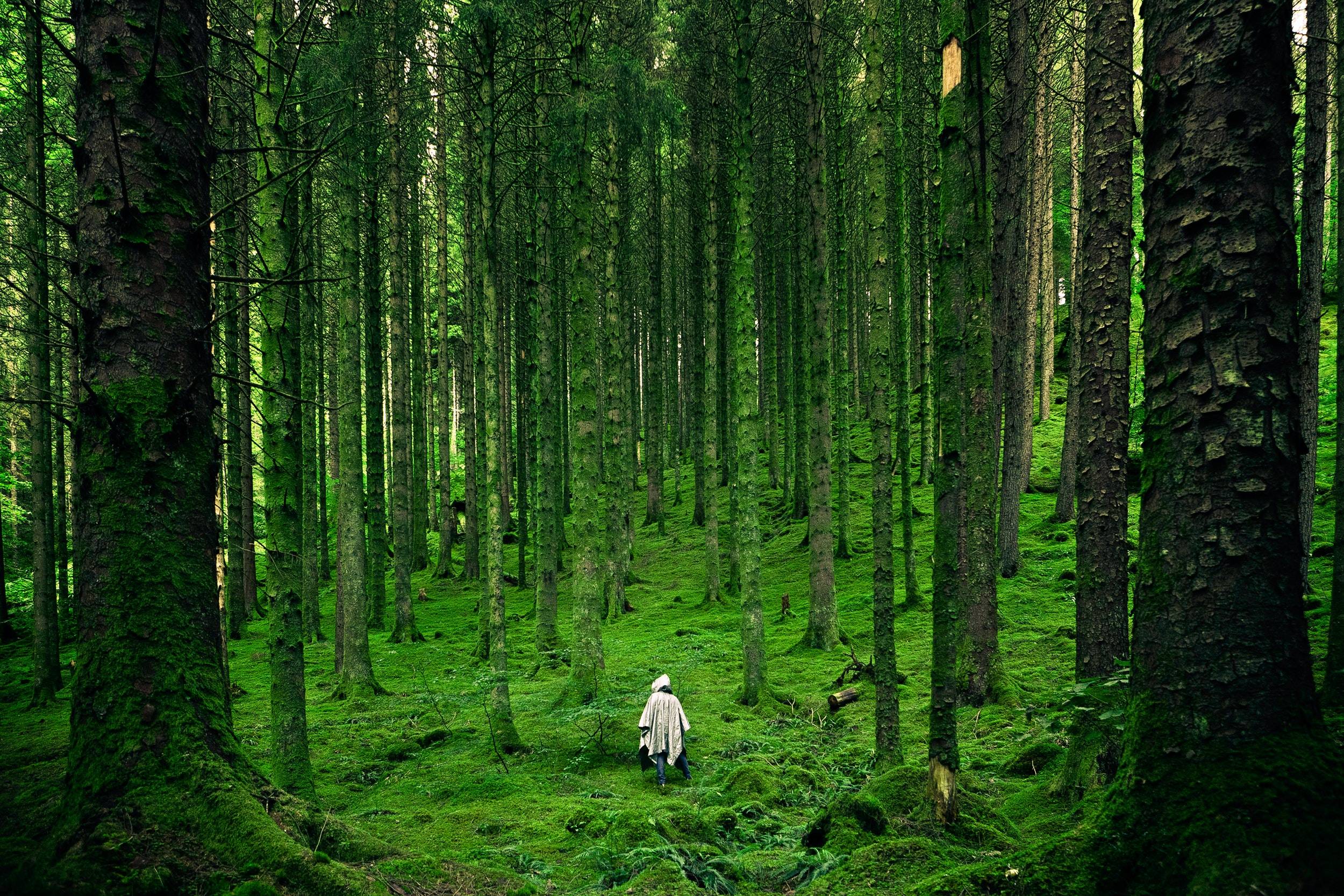Nature-positive: the new sustainability
News From the world
26 september '22
Reading time: 5 minutes
Limiting the damages is not enough anymore. Companies are fighting to be nature-positive. But what does it really mean?
Words by Shivani Karnik

After June 2021's announcement by G7 about a future commitment to a nature-positive world by 2030, more and more organizations are actively working in redefining the concept of nature and our relationship with it. But what does nature-positive really mean and how can we achieve it?
Nature-positive is now a movement that gained traction when in 2021 the G7 countries recognised that “our world must not only become net zero but also nature positive, for the benefit of both people and the planet”. This huge and disruptive goal goes in response to the or Global Goal for Nature set by NGOs and business organizations to create an “equitable, carbon-neutral, nature-positive world” by acting on three objectives: Zero Net Loss of Nature from 2020, Net Positive by 2030, and Full Recovery by 2050.
Specifically, the Global Goal for Nature states that its goal is to “halt and reverse nature loss from a baseline of 2020, through increasing the health, abundance, diversity and resilience of species, populations and ecosystems so that by 2030 nature is visibly and measurably on the path of recovery”. “By 2050, nature must recover so that thriving ecosystems and nature-based solutions continue to support future generations, the diversity of life and play a critical role in halting runaway climate change”, pledges its manifest.
The Future of Nature and Business estimates that a nature positive economy can unlock $10 trillion of business opportunities into food, infrastructure, and energy industries, which are responsible for almost 80% of nature loss.

So, what does Nature-Positive mean?
A nature-positive approach goes beyond limiting damage to nature and encourages individuals and businesses to impact nature positively by improving ecosystems. According to the World Economic Forum, it “represents a real paradigm shift in how nations, businesses, investors, and consumers view nature.”
Nature-positive actions recognise the deep connection between human development, sustainable economy, and the health of nature. Our activities are indeed based on ecosystem services, which deeply links our economic health on natural capital. The alarming rate and extent of biodiversity loss threaten human life and economies around the world, which pushes organizations to rethink nature and our interdependence.
It is indeed no surprise that biodiversity loss is among the top five risks to the global economy, as more than half of the global gross domestic product (GDP) is moderately or highly dependent on nature. Therefore, to achieve equitable development for all, setting and achieving decadal nature-positive objectives, like the Global Goal for Nature does, is now the need of the hour.
Some of the ongoing initiatives and metrics to track nature-positive progress and support policy-making are the following. Nature Map Earth provides a global map of biodiversity, carbon storage, and other natural services. The UN Environment Programme’s Inclusive Wealth Report measures the sustainability of economies and the well-being of people. Gross Ecosystem Product analyzes instead the contribution of nature to economies and has already been used in the Qinghai Province of China.
Currently, 94 countries are a part of the Leaders Pledge for Nature group which tracks nature-positive achievements of nations in policies, legislations, and outcomes. Some nature-positive outcomes include India’s regenerative farming programme and New Zealand’s Nga Awa river restoration programme. Both of these projects inculcate public-private partnerships.
The World Economic Forum estimates that a nature-positive transformation would require $2.7 trillion from public and private partnerships to see the desired change by 2030. But the journey of a thousand miles begins with a single step. Many countries and businesses have commenced their efforts. What we need to ask ourselves is: what if our economic activities not only minimize impact, but also enhance ecosystems?







